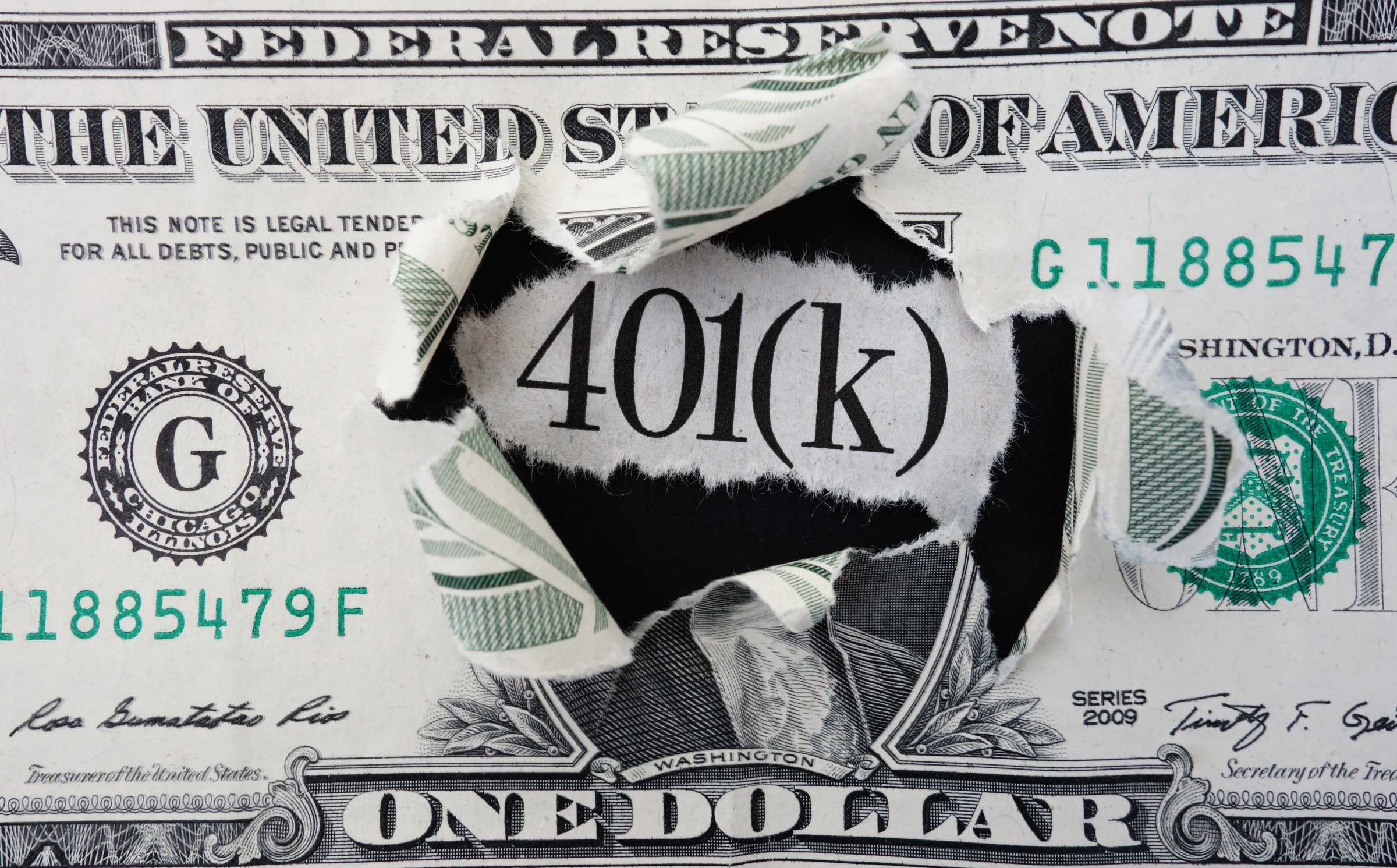
Correction appended, Feb. 7, 2017
When Kathleen Keating worked for IBM, she didn’t think much about her retirement plan. She signed up for the company’s 401(k) and left it at that.
But at the age of 40, she decided to leave the corporate world and become her own boss. That meant coming up with her own retirement savings plan as well.
What she found was surprising. Working for herself for the last nine years allowed the Boston-area public relations professional to set aside thousands of dollars more per year for retirement, reducing her income tax bill substantially, while giving her more options about when and how to invest.
“I have so much more flexibility,” she said. “When you’re working for someone else, you’re locked in to their retirement plans and you have to deal with HR and all the paperwork.”
Financial advisors say that retirement plans for self-employed Americans have become more popular in recent years, thanks to a 2001 tax law that allows them to put much more money away than most people who work for someone else. But to make it work, they have to be more diligent about setting up the accounts and putting money in regularly.
If they do, the difference can be substantial. Most workers on a traditional 401(k) can set aside a maximum of $18,000 this year—or up to $24,000 if they are over the age of 50. By comparison, a self-employed worker can set up a type of investment account called a SEP-IRA and put away up to 20% of their net income, up to a maximum of $54,000, this year.
Self-employed workers willing to do a little more paperwork can also set up what is called a solo or individual 401(k), which allows them to put the typical $18,000 salary deferral in as well as 25% of their income, dramatically increasing the amount they can set aside in a year.
They can also put money in on their own schedule. Workers on a traditional 401(k) at a medium- to large-sized corporation typically need to sign up at the beginning of the year to have money taken out of each paycheck. Changing the contribution amount can take a few pay cycles, making it harder to catch up at the end of the year if you realize you weren’t putting away enough.
But donations to SEP IRAs and individual 401(k)s can be made in lump sums, whenever. For self-employed workers who can see big swings each month in how much they’re making, that makes it easier to put a chunk of money in when they’re having a good month and hold off when times are tight. And if they want, they can wait until they’re doing their taxes to add another big chunk to reduce their taxable income.
David Rae is a self-employed financial planner in West Hollywood who works with a lot of people in the entertainment industry who don’t have regular jobs or access to traditional 401(k)s. He set up a SEP IRA shortly after starting his business and recommends that his clients do the same to give themselves the option to set aside money when they have it.
“If you happen to have a good month, you can write a big check,” he said.
The potential market for self-employed retirement plans is huge. According to a report from the Pew Research Center, 14.6 million Americans were self-employed in 2014, representing about 10% of the national workforce. (Another 29.4 million, or about 20% of the workforce, were hired by self-employed Americans.)
Susan Diehl, president of PenServ Plan Services, a consulting firm that works with employers and financial institutions on retirement plans, said that individual 401(k) plans became “the hottest thing since sliced bread for the self-employed” in recent years because of how much workers can save.
She gives the example of a consultant over age 50 making $50,000 a year. With a SEP-IRA, that person could set aside up to 20% of their net income, or $10,000. With a solo 401(k), that person could put in another $24,000, for a total of $34,000–or more than two-thirds of their income. That would dramatically reduce income tax while also saving much more for retirement than a traditional worker could.
Some older workers may need to. A national survey commissioned by Experian in 2016 found that 71% of Americans felt they did not have enough retirement savings.
For Keating, who has maxed out her contributions most years since starting her business, working for herself has helped her catch up to her retirement goals, and forced her to take a more active role in securing her financial future.
“I think if I was on somebody else’s payroll, I don’t know if I would be as diligent about having these conversations,” she said. “I 100% feel it’s all on me.”
Click here for more articles from Time Inc.’s Looking Forward series.
Correction: The original version of this story misstated the percentage of income that a self-employed worker can set aside in a SEP-IRA. The maximum contribution rate is effectively 20%.
More Must-Reads From TIME
- The 100 Most Influential People of 2024
- The Revolution of Yulia Navalnaya
- 6 Compliments That Land Every Time
- What's the Deal With the Bitcoin Halving?
- If You're Dating Right Now , You're Brave: Column
- The AI That Could Heal a Divided Internet
- Fallout Is a Brilliant Model for the Future of Video Game Adaptations
- Want Weekly Recs on What to Watch, Read, and More? Sign Up for Worth Your Time
Contact us at letters@time.com